Halloween week feels like the perfect time to revisit a hauntingly spooky gem of the 2010s: witch house.
Born from the ashes of post-2008 disillusionment, witch house started as an underground movement blending pitched-down samples, chopped-and-screwed hip-hop beats, shoegaze-inspired atmospheres, and a fascination with occultism and darkwave.
While the genre declined in popularity since the mid-2010s, witch house offered a fresh approach to how genres can blend and transcend one another, and today we’ll recreate those dark, mystical atmospheres using only sounds from Sample Focus.
Let’s dive in!
- What Is Witch House?
- What Defines Witch House
- How to Make Witch House Music with Samples
- Final Thoughts
What Is Witch House?
Witch House draws inspiration from various art forms and cultural movements, and not just music.
The genre’s unique aesthetic borrows from occult symbolism, vintage horror films and early internet nostalgia like glitch art. The music itself combines the dark and groovy elements of trap, hip-hop, shoegaze and post-punk; the result is usually a mystic blend of the slow grooves of Southern rap with the hazy atmospheres of darkwave and industrial music. Slow, heavy, dark, and melodic.
Witch House emerged from the hidden corners of Soundcloud and Tumblr in the late 2000s. The first to explore the genre was the American duo SALEM, who mixed slowed-down hip-hop beats with eerie and distorted synth melodies. The term “Witch House” was coined in 2009 by producer Travis Egedy aka Pictureplane to describe the occult-inspired electronic music he and his peers were making.
Between 2009 and 2011, the genre thrived online, where artists shared tracks and built a mysterious visual identity, using Unicode symbols like triangles (△) and crosses (✝) in their names to stay anonymous and add to the genre’s cryptic charm.
By 2013, the genre had lost momentum, yet its distinct sound signature continues to inspire a new generation of producers. Today, the eerie atmospheres of witch house have found a new home on the darker side of underground rap and trap.
What Defines Witch House
Here are the main characteristics that define the witch house sound:
- Slowed-down tempos (BPM between 80-120) that make every beat feel weighty and hypnotic.
- Between three and five minutes, enough to build atmosphere while being engaging.
- Heavy reverb and delay to create a dreamlike soundstage.
- Distortion and bitcrushing to roughen up clean samples.
- Vocal manipulation, mostly pitch shifting, reversing and chopping.
- Dark synths and textures, often layered with ambient pads or noise.
No rules set in stone, though. What’s important is that the music should balance dreams and nightmares, hypnotic spaces and galvanizing beats.
How to Make Witch House Music with Samples
Start with a Mood
Here’s a short track I made to test my witch house-making skills:
All the samples featured in this track are in this playlist.
For this tutorial, I wanted to create a track with a slow, trap-inspired vibe with a dark bassline and a hypnotic melody. The idea was to create something immersive and mysterious, but with a beat strong enough to push the song forward.
It’s good practice to have a rough idea of the sound you want to create beforehand, so you know exactly what to look for while browsing through Sample Focus’s immense library.
On Sample Focus, find samples that carry atmosphere, like dark pads, textured percussion and moody melodies; there are countless options, and even the most soothing ambient textures can be perfect once you apply some distortion. To make it easier, look for sounds that already feel eerie or cinematic, and samples that are already close to the tempo you’re setting your track on.
Build Drum Patterns
Anything between 80 and 120 BPM will do, but you probably heard witch house songs as slow as 60 BPM and as fast as 160 BPM. There are no rules here.
Here's the great drum pattern I used, by Melikşah Altundağ:
I set it for 105 BPM, somewhere in between the slower beat and faster tempo of the melodies I chose. Layer the drums with distorted claps or metallic hits to give them more texture. Try subtle reverb or even light sidechain compression (as I did) to glue the groove together.
Create Space and Atmosphere
Use reverb, delay, and filtering to make your track feel wide and immersive. You can also add organic sounds like rain or creaking doors to add a cinematic edge and a sense of immersiveness.
If you want to give it an eerie edge, distortion and bitcrush can help a lot here. Add a subtle distortion to the bassline or the main melody to make it sound more aggressive, always making sure you don’t overwhelm all the other elements of your mix.
For distortion, FabFilter Saturn or free tools like Tritik Krush work great (I used Kilohearts Distortion here). For vocal manipulation, try Little AlterBoy, Manipulate, or your DAW’s built-in pitch shifter.
For the ambient textures, I picked a couple of minimalist melodies and added reverb and subtle sidechain compression in relation to the kick.
Experiment with Vocals
I didn’t add vocals to my sketch, but haunting vocals can be a great addition to a witch house track. Most tracks have two or three of the following elements.
1. Vocals pitched down an octave.
2. Plenty of reverb and delay.
3. Vocals chopped rhythmically or with reversed sections.
Arrangement and Flow
Ignore the standard verse–chorus structure and focus on contrast and progression.
Simplicity works best here; you can go for a minimal intro, a dense middle section, then a stripped-down outro. Remember that you’re taking the listener on a journey through a dark realm: the atmosphere should be unsettling, but also addictive and easy to remember.
Despite its simplicity, with the short track made for this tutorial I tried to create a sense of journey, with the beat and bassline acting as an anchor as the more melodic elements shift and evolve. You should try to do the same, giving listeners a solid beat to rely on, and then letting the melodic section change over time to make the piece more engaging.
Mixing and Texture
In my experience, two things are crucial when mixing witch house: the depth of the low-end, and the power of distortion. Finding balance between these two components is the most critical step for a witch house music producer.
Use an EQ to carve out mud in the low-end and leave room for reverb and delay. Keep your sub clean and centered: it’ll guide your production decision and keep the listeners hooked.
Make the high-end elements of your mix rougher and more aggressive with distortion. You can use overdrive, saturation, bitcrush, or any other effect to make the synth warmer and grittier.
Test until everything sounds cohesive, making the song push forward as a whole and creating that mysterious vibe that defines witch house music. The most common mistake is overusing reverb and distortion: too much of either will kill the low-end clarity, and too little will make your song sound cold and shallow.
Final Thoughts
The recurrence of certain elements of witch house shows that the genre is far from dead: it has simply evolved into something different, enhancing the dark, haunting atmospheres of countless other styles, from hip hop to trap, tech-house, dubstep, and beyond.
Are you ready to make your next witch house piece? Head over to Sample Focus, browse the Witch House and Dark Electronic collections to find eerie pads, distorted drums, and haunting vocal samples; everything you need to bring your next track to life.
Have fun!

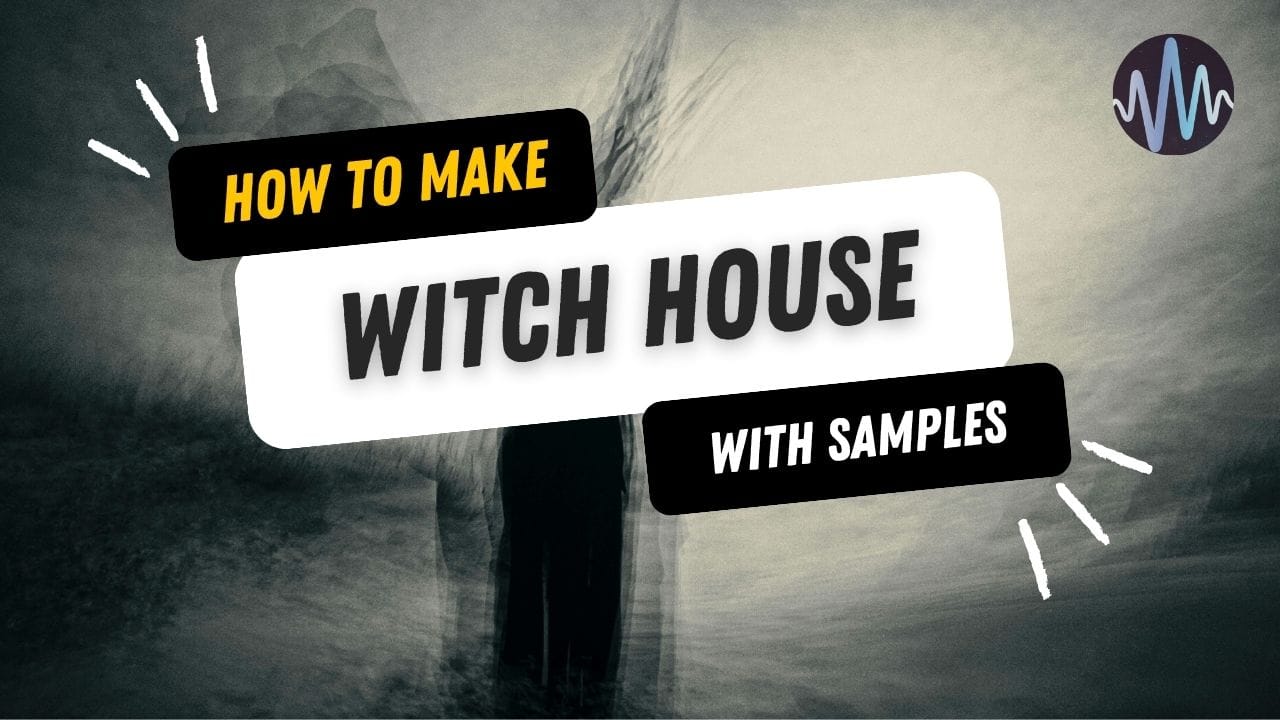
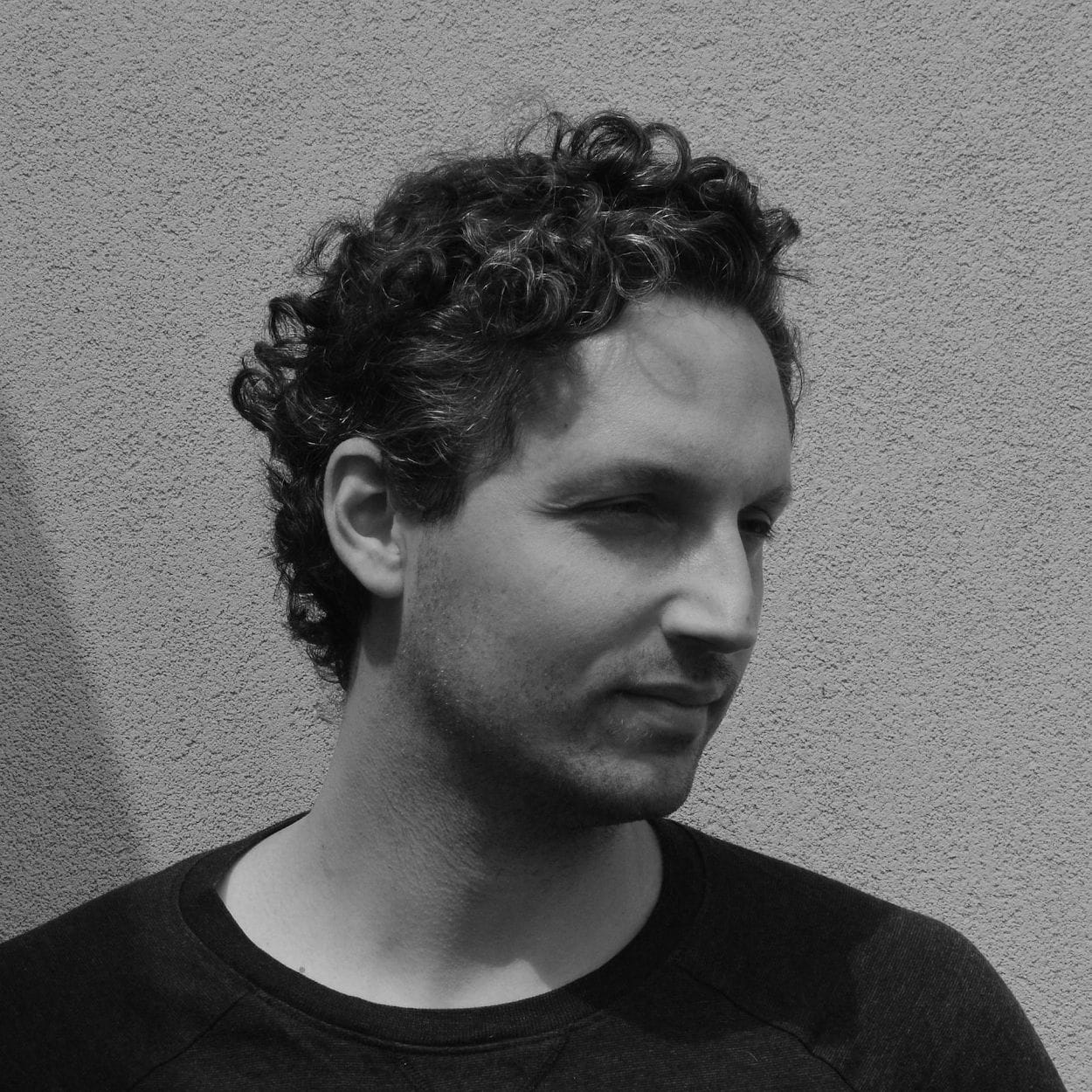
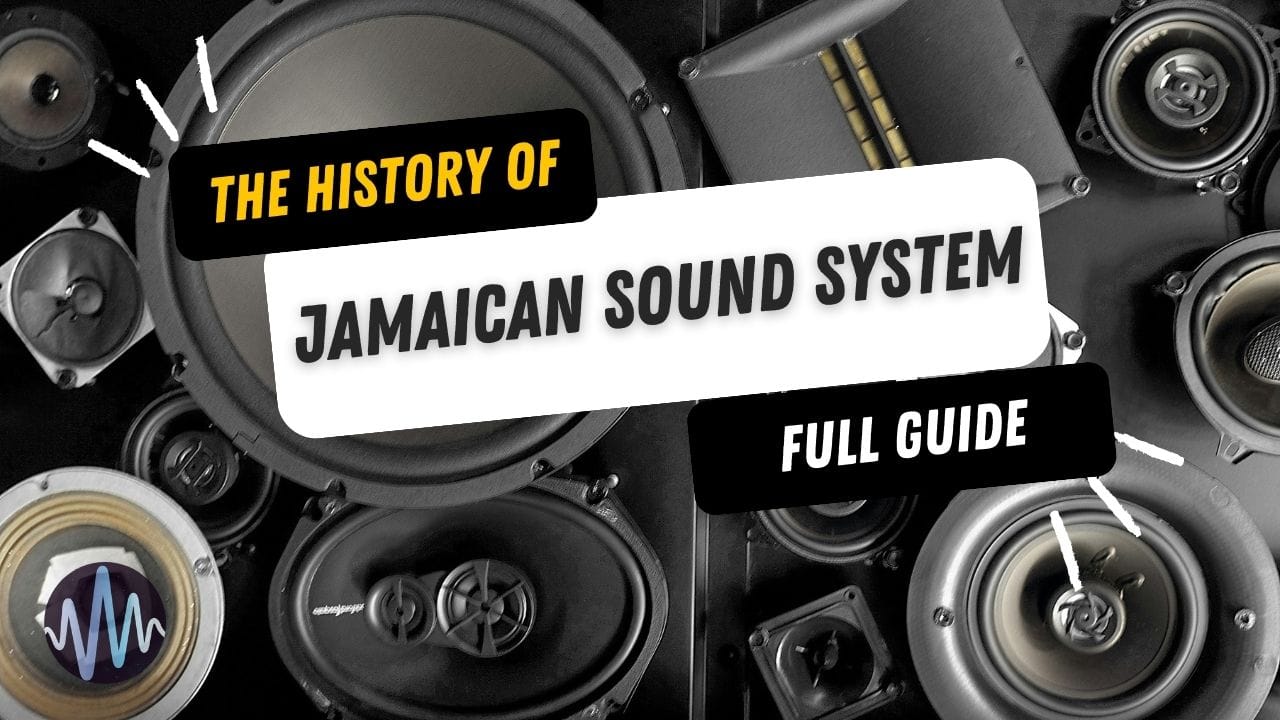

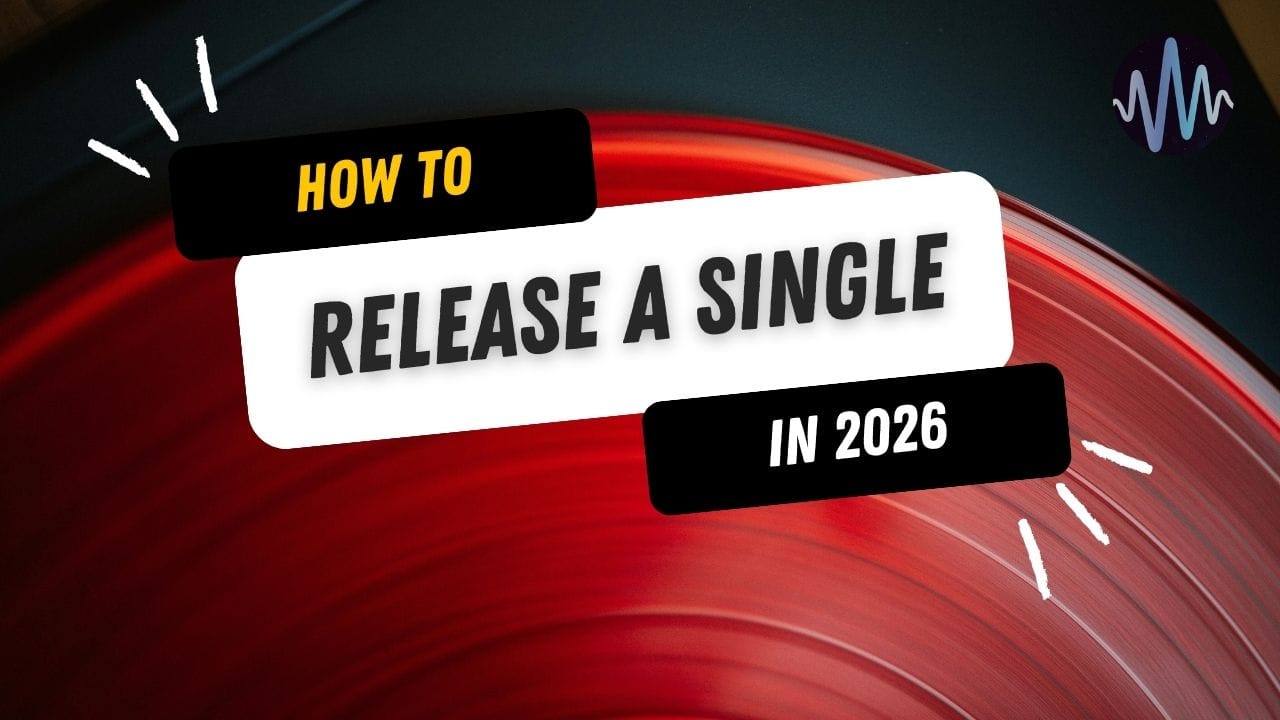
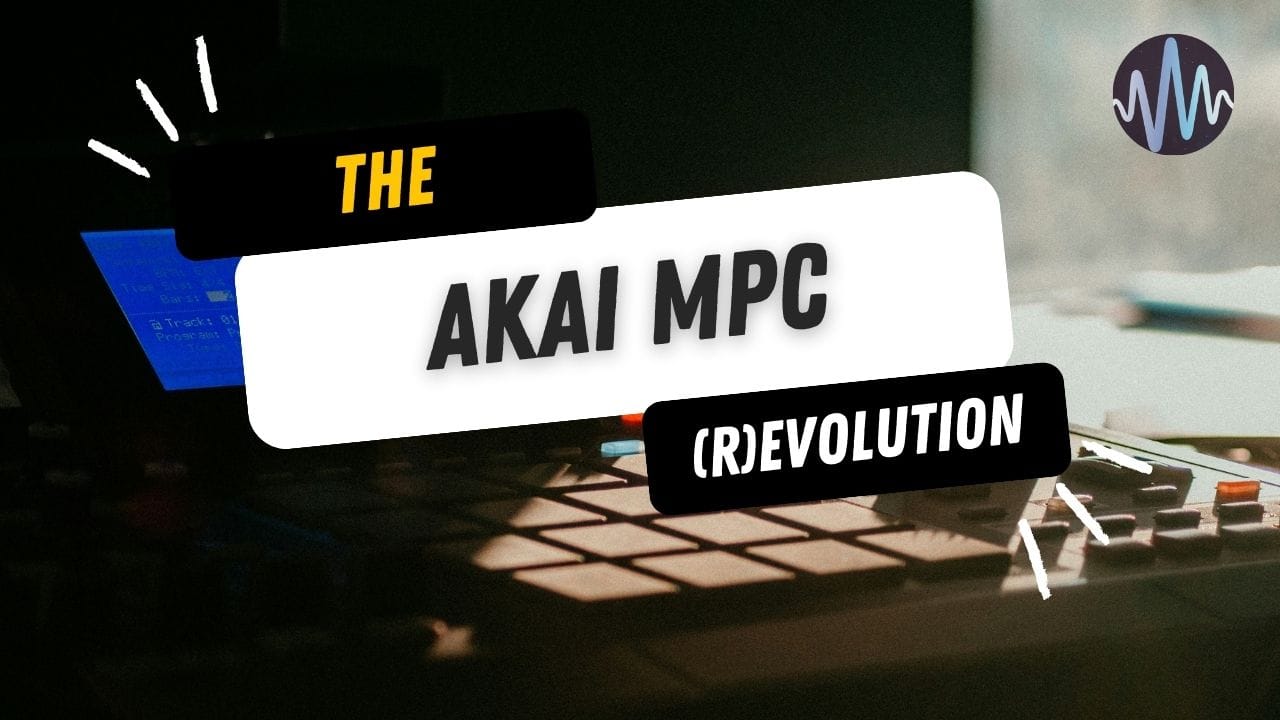
Comments